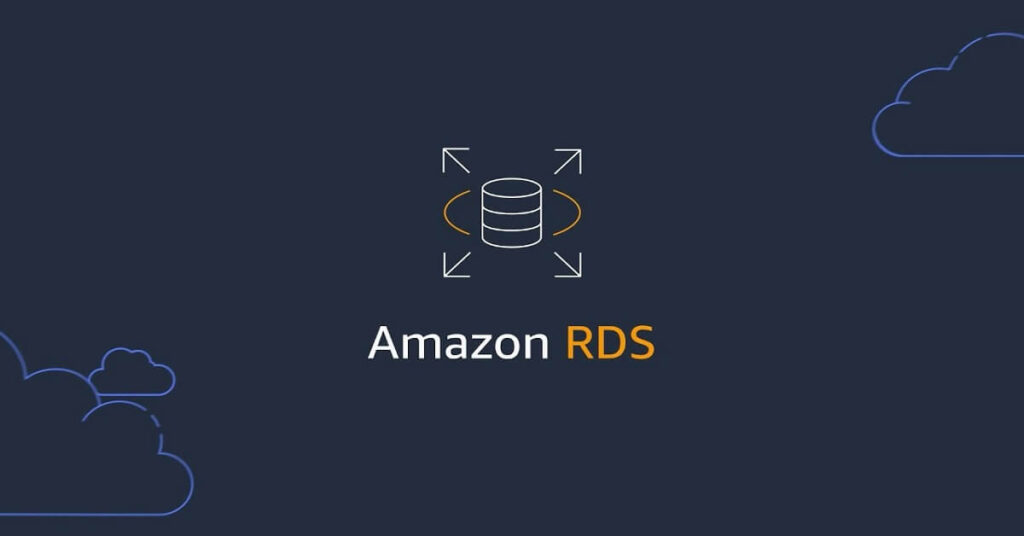15 AWS Pitfalls: Common Mistakes and How to Sidestep Them
Amazon Web Services (AWS) has emerged as a leading cloud infrastructure provider with an impressive catalog of services for the support of companies spanning from small businesses to major corporations. With its on-demand pricing, elasticity, and portability, the cloud makes it easy for businesses to build, run, and manage applications. However, common AWS vulnerabilities also come into effect and even seasoned professionals find it quite daunting to employ the myriad of services provided by AWS. Risks such as misconfiguration policy laxness and even lack of thorough understanding pose risks such as performance degradation, security breaches, and undue expense. In this article, 15 of the most common AWS mistakes experienced when working with AWS are identified and possibly remedies provided, so that the users can fully arm themselves with the capabilities of AWS without losing much. What is AWS and Why is it Used? Amazon Web Services, part of the Amazon Family is one of vertical the Cloud computing services which is well known and widely used. In premise AWS has become one of the large on demand cloud services computing platforms which was started in 2006 with a variety of scale computing services such as computation, Storage, Database, Machine Learning, Networking, and more. It offers weal and dependable infrastructure to users who may not require physical servers, as such enabling them to easily create and publish a range of applications. – cheaply and securely. A research produced by Amazon web services found that 95% of businesses use multiple regions in their applications to help performance. AWS provides its customers with data center’s that are situated around the globe enabling the customers deploy their applications closer to their customers geography and enhancing the user experience in general. With its pay-as-you-go pricing model, AWS offers the customers to settle the bills of the resources and services used only thus giving them a manageable and economical way of spending on IT resources. Here are some key reasons why AWS is used: Scalability: AWS enables organizations to expand their infrastructure without any challenges. Vertical Scaling (upgrading instance types) as well as horizontal scaling (adding more instances) are both supported. Cost-Effectiveness: With AWS’s pricing policy based on usage, consumers will only incur charges for resources they actually employ. This can help save a lot of money especially when comparing the situation to maintaining an on-site infrastructure. Global Reach: Owing to the presence of data centers in various regions across the globe, AWS permits businesses to deploy their applications nearer to their users, minimizing delays and improving the experience of the users. Security: AWS has a variety of security capabilities, which include but are not limited to data encryption, Identity and Access Management (IAM), compliance with regulations, etc., and thus helps businesses to comply with laws. Wide Range of Services: AWS provides a wide range of tools suitable for different business requirements from storage services such as S3 to computation services such as EC2 and database services like RDS. AWS has transformed how companies think about their technology requirements. It has a range of cloud computing services that are scalable and economical, allowing businesses to innovate quickly, lower costs, and increase their efficiency. From a garage business to big corporations, AWS has all that is needed to imagine, create, and deploy applications of any number of magnitudes. AWS has the breadth and depth necessary to meet your requirements, whether you require an easy website or need to develop complex data manipulation pipelines. Thanks to AWS, organizations can concentrate on their key activities and speed up their integrations with their digital ecosystem. AWS remains at the forefront as cloud technology advances and it provides the most secure and reliable platform for the future. Common AWS Challenges Faced by Users It is not easy to use the Amazon Web Services dashboard for many people. There are a lot of features and services offered on this platform. As good as this may sound, it also brings common issues. It is important to know these issues so as to help in the management of the cloud. In this section, we will take a look at the most common problems of AWS users. We also seek to suggest solutions and ways to cope with these challenges. Complexity of Service Integration: AWS comes with a vast range of services and interlinking them properly can prove to be challenging. Most users often have difficulties identifying the best services matching their requirements or even configure them at all. Cost Management: Keeping track of expenses on AWS is quite a challenge especially for organizations that have recently embraced cloud technology, the firms in the treatment industry in particular. Because of inadequate monitoring, it is so easy to go beyond ones preset expenditure limits due to avertable usage peaks or incompetent resource management. Security Misconfigurations: Although AWS has many security mechanisms, the users themselves are primarily responsible for ensuring that these mechanisms are properly set up. For instance, careless settings such as public S3 buckets or granting excessive rights through IAM roles can compromise sensitive information. Scalability and Resource Management: Even though AWS provides services for scaling purposes, it is the user who needs to set up configurations for putting in place auto-scaling and allocating resources. Without proper configuration, there are likely to be performance constraints or resources that are not taken advantage of. Data Management and Backup: When it comes to managing backups, replicating data and executing all plans for disaster recovery in AWS can be herculean and the incautious would risk losing valuable data. With all its strength and sheer flexibility, Amazon Web Services (AWS) is not without its challenges, which users equally experience as possible drawbacks to their journeys to the cloud. This why the most common AWS misconfigurations ought to be on the users’ checklist if they want to reap profits from the platform. Companies can be prudent about performance and successfully manage challenges related to cost effectiveness, security gaps, inefficient performance, and wide operational complexities. At the same
15 AWS Pitfalls: Common Mistakes and How to Sidestep Them Read More »



